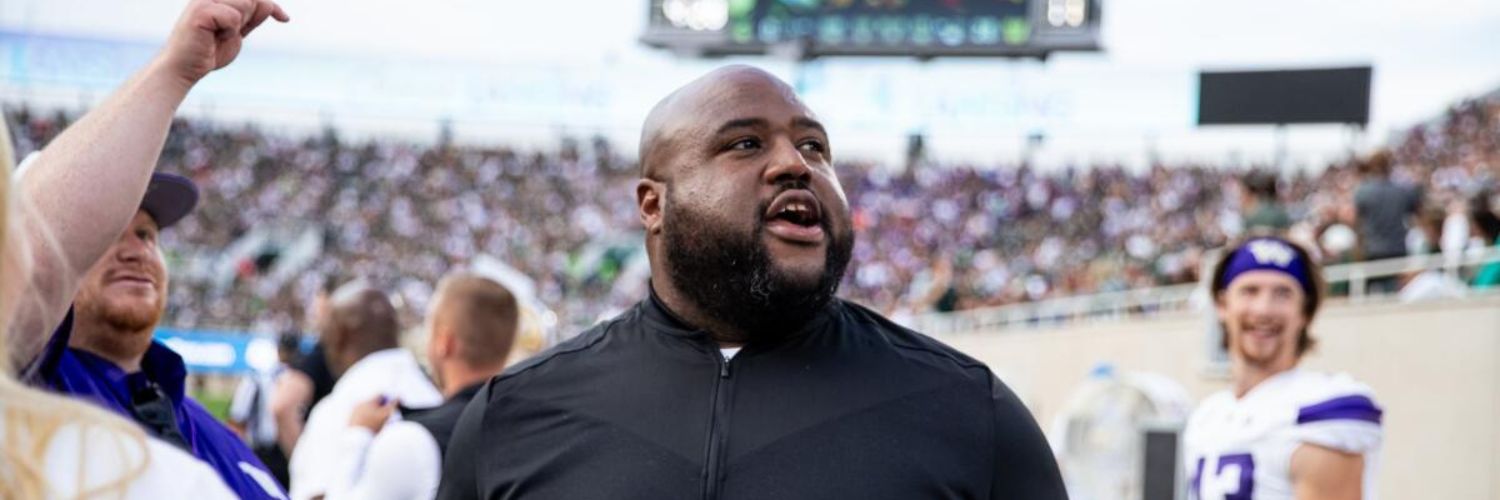The Modern College Football General Manager of the NIL Era
Recent news of Courtney Morgan’s massive contract with Alabama’s Crimson Tide is reigniting the conversation around the evolving presence of the college football general manager. Not only is the pay rate for college GMs rising but the expected duties and job obligations are elevating with the heavy implementation of the transfer portal and NIL developments.
Evolution of Personnel Management in College Football
Historically, college football programs relied on a “recruiting coordinator,” typically one of the nine full-time assistant coaches, to oversee talent acquisition. However, this personnel management model began to change about 15 years ago, largely influenced by Nick Saban’s approach at Alabama. Saban recognized the need for dedicated personnel to manage the complex task of talent recruitment and retention.
Geoff Collins, who became Saban’s first Director of Player Personnel (DPP) at Alabama in 2007, pioneered the role by organizing camps, managing recruiting correspondence and visits, and implementing systems to catalog recruiting film. As Alabama’s success grew, other programs took notice, leading to a proliferation of similar roles across college football.
Another key figure in this evolution was Mark Pantoni at Ohio State. Under Urban Meyer and later Ryan Day, Pantoni has overseen the Buckeyes’ recruiting operation since 2012, further establishing the importance of a dedicated personnel department in college football.
NIL and the Transfer Portal
The introduction of NIL rules and the expansion of the transfer portal have dramatically altered the college football landscape. These changes have transformed roster management into a much more complex and dynamic process.
The transfer portal, in particular, has created what many describe as a “free agency” model in college football. In the 2022-2023 academic year alone, over 2,400 FBS scholarship players entered the portal. This volume of player movement has necessitated a more sophisticated approach to talent acquisition and retention.
Moreover, the advent of NIL deals has introduced a quasi-salary component to college athletics. While direct payments from schools to athletes are still prohibited, NIL has become a de facto salary system, with much of the money flowing through booster-funded organizations known as collectives.
RELATED: COLLEGE FOOTBALL NIL RANKINGS
The Changing Role of the College Football General Manager
In response to these seismic shifts, the role of the GM (or DPP) has expanded significantly.
Today’s college football GMs oversee departments that often include:
- Operations staffers
- On-campus recruiting personnel
- Dedicated scouts for the transfer portal
- Consultants to help manage NIL deals and future revenue sharing
The responsibilities of these departments now extend far beyond traditional high school recruiting. They must constantly monitor the transfer portal, manage NIL opportunities, and prepare for potential revenue sharing models that could allow programs to allocate up to $15 million annually to players.
This evolution has led to a structure increasingly similar to NFL front offices. Some college programs now divide their scouting staff into high school and “pro” (transfer portal) scouting groups, mirroring the college and pro scouting divisions in NFL teams.
Case Study: Courtney Morgan at Alabama
A prime example of the growing importance of GMs in college football is the recent hiring of Courtney Morgan at the University of Alabama. Morgan, who followed new head coach Kalen DeBoer from Washington, was given a three-year contract worth nearly $2.5 million, averaging $825,000 annually.
Morgan’s responsibilities include managing Alabama’s roster and overseeing the personnel and recruiting departments. His early impact is already evident, as Alabama currently boasts the No. 2-rated recruiting class for 2025, according to 247Sports composite rankings.
This substantial investment in a behind-the-scenes role underscores the critical importance top programs now place on effective personnel management. Morgan’s contract is believed to be one of the largest for a personnel staffer in major college football, potentially setting a new market standard for these positions.
Looking Ahead
As college football continues to evolve, the role of GMs and personnel departments will likely become even more crucial. With the potential implementation of revenue sharing models and the ongoing complexities of NIL management, these roles will be at the forefront of navigating the new realities of college sports.
The days of programs simply signing 25 high school recruits per year are largely over. Success in modern college football increasingly depends on sophisticated roster management, blending high school recruitment with strategic use of the transfer portal and effective NIL strategies.
As this trend continues, we can expect to see further investment in personnel departments across major college football programs. The GM role, once an NFL-specific position, has found a new and vital place in the collegiate ranks, shaping the future of college football in the process.

